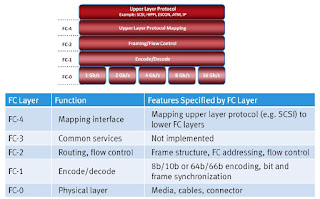Create a big file on ESXi 6.x with zero's written on it (Testing Purpose)
Many times for the testing purpose you need to create big capacity dummy files on the filesystems to check few features of disks/arrays or some kind of drivers. So here I will show you how you can create such a big file and also depending on your requirement if you need just an empty file or you need to zero it out, means writing zero's on it. ESXi server has a inbuilt utility which makes this task easier, named "vmkfstool". This is the same utility which is also used for making new VMDK files for the VM's, and that's what we will be using for testing purpose: Create 50GB large empty file: # vmkfstools -c 50G /vmfs/volumes/esx_ds/dummy-fill/fill1.vmdk -d thin Create: 100% done. Create 50GB large file with zero's written on it: # vmkfstools -c 50G /vmfs/volumes/esx_ds/dummy-fill/fill1.vmdk -d eagerzeroedthick Creating disk '/vmfs/volumes/esx_ds/dummy-fill/fill1.vmdk' and zeroing it out... Create: 100% done. [root@CRT3-D-ESX6U3:~] ls -l...



